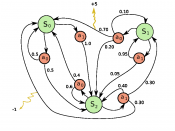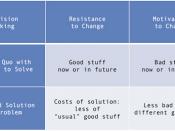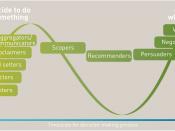IntroductionNo matter what industry is discussed, each organization applies a specific decision making process that can be summarized in simple decision making steps: identify the purpose of the decision, gather information, identify the principles to judge the alternatives, brainstorm and list different possible choices, evaluate each choice in terms of its consequences, determine the best alternative, put the decision into action, evaluate the outcome of the decision and action steps (Time-Management-Guide.com, n.d.). The decision-making processes are based on various problem identification and formulation styles. In problem formulation and identification, understanding the causes of a problem is necessary to finding workable solutions which is framing the problem. Framing the problem and determining its causes will open the critical thinking process to exploring possible solutions to the problem using effective decision making styles. Four decision making styles are used in this paper for problem identification and formulation; collective participative, democratic, consensus, and autocratic.
Each team member's organization depicts a decision making style which shows the varying decision-making processes in each organizations. In addition, the strengths and weaknesses of each style used will be identified as well as comparing and contrasting of each style will be discussed.
Comparing and Contrasting the FindingsSome organizations discussed in this paper represented direct-to-customer service type of organizations; Rita's employer, a tribal casino, and Rachel's employer, a university, use similar decision making styles. The casino uses Collective Participative style for its decision making process backed with using "strengths, weaknesses, opportunities and threats" (SWOT) as a problem solving technique. Similarly, the university also represents an organization who provides direct services to their consumers also uses the Collective Participative style in which the leader involves the members of the organization and proceeds through the entire decision making process. The group defines the problem and performs all other functions as a...


